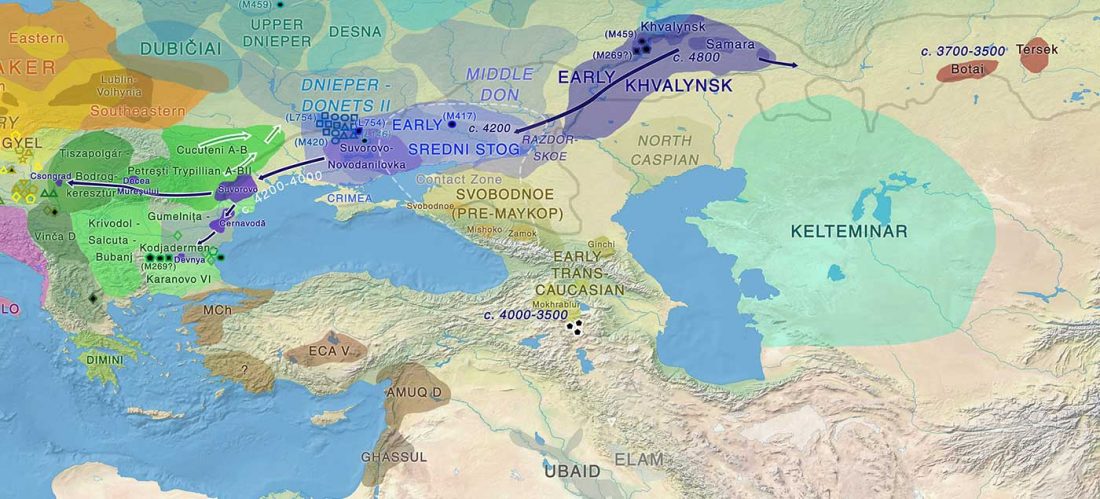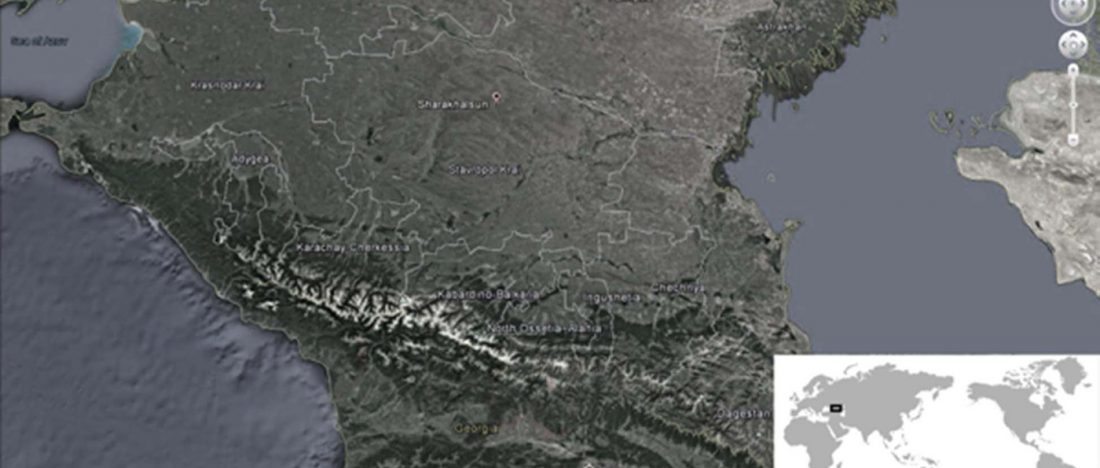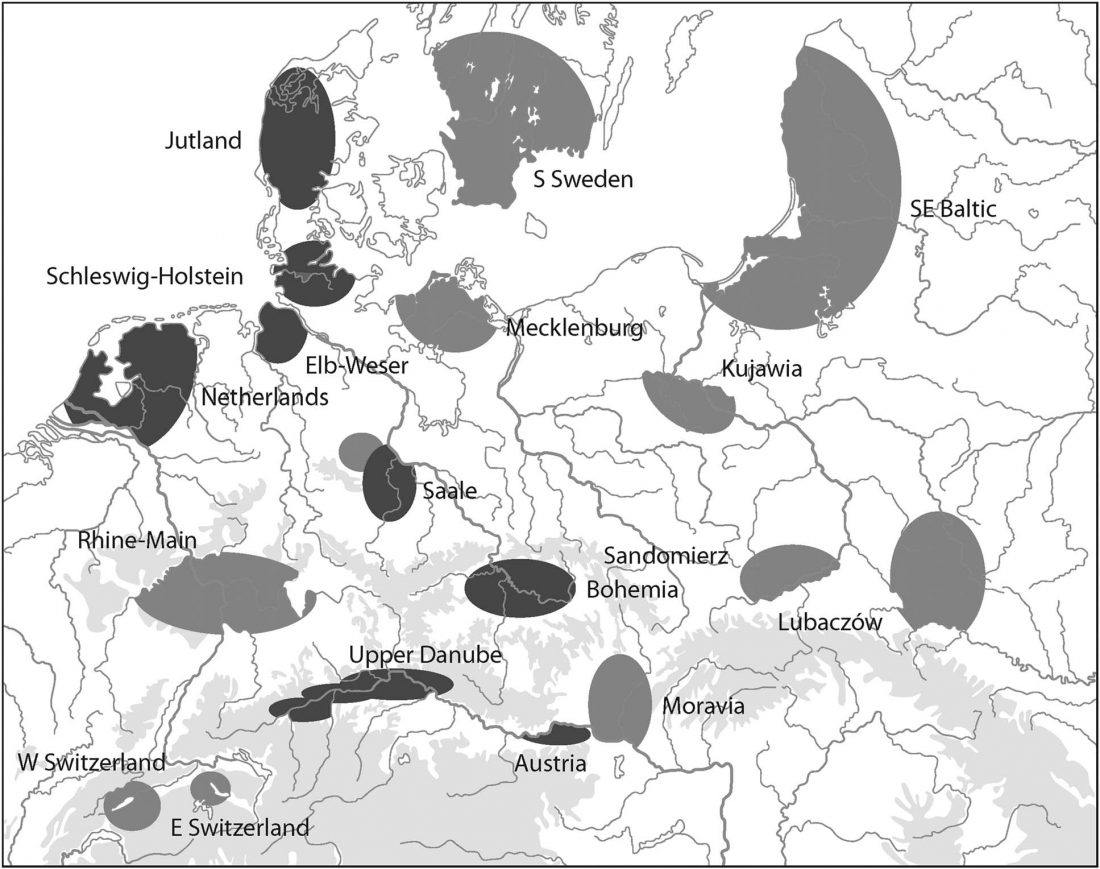Open access Earliest evidence for equid bit wear in the ancient Near East: The “ass” from Early Bronze Age Tell eṣ-Ṣâfi/Gath, Israel, by Greenfield et al. PLOS One
Abstract:
… Read the rest “Earliest evidence for equid riding in the ancient Near East is a donkey from the Early Bronze Age”Analysis of a sacrificed and interred domestic donkey from an Early Bronze Age (EB) IIIB (c. 2800–2600 BCE) domestic residential neighborhood at Tell eṣ-Ṣâfi/Gath, Israel, indicate the presence of bit wear on the Lower Premolar 2 (LPM2). This is the earliest evidence for the use of a bit among early domestic equids, and in particular donkeys, in the Near East. The mesial enamel surfaces on both the right and left




